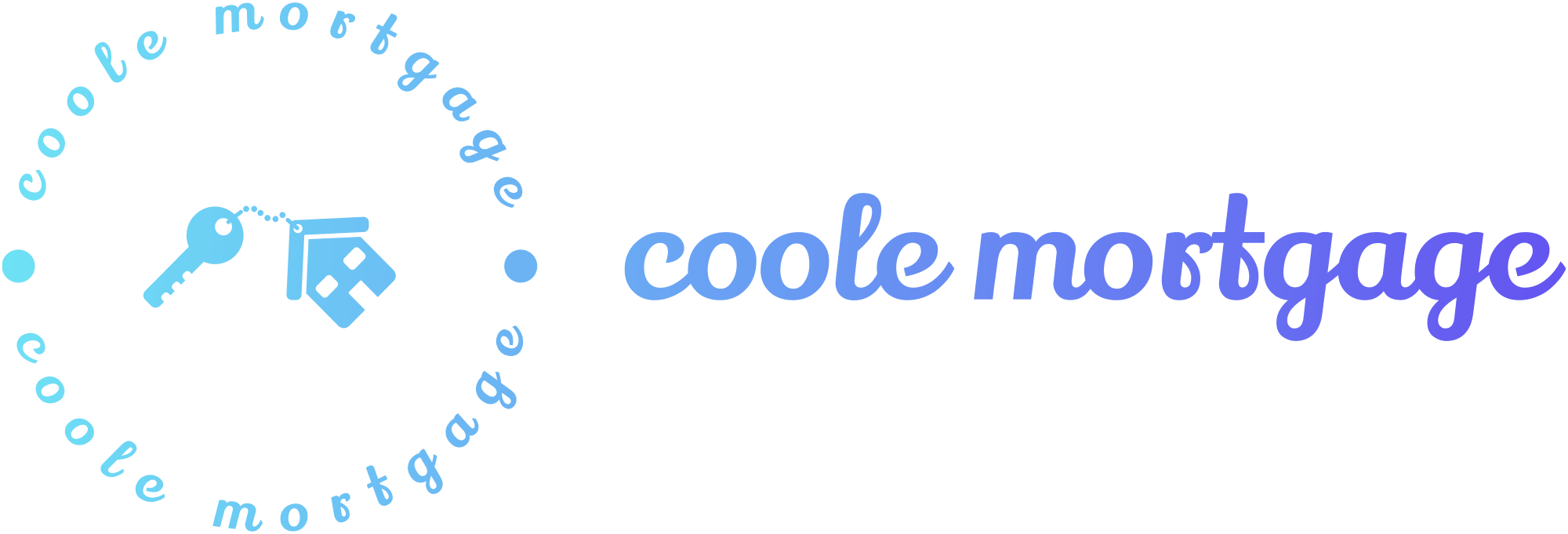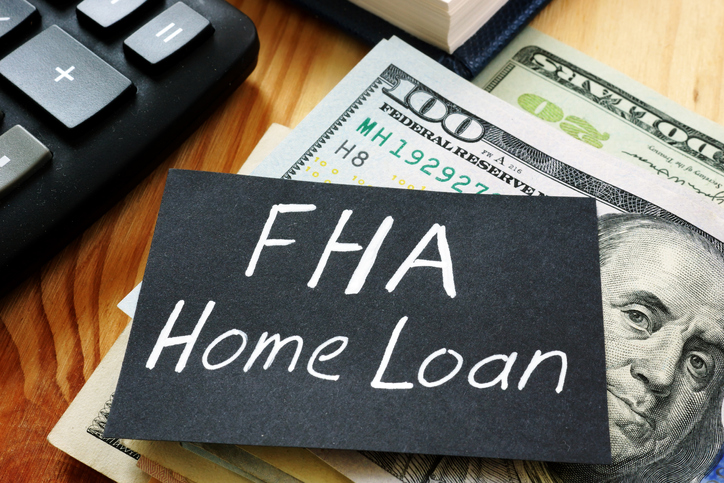Understanding Private Mortgage Insurance (PMI)
Embarking on the journey of buying your first home is an exhilarating milestone, but it often comes with a steep learning curve. Among the myriad of concepts to grasp, Private Mortgage Insurance (PMI) stands out as a critical element, especially for those who are unable to make a large down payment. PMI is a tool that enables many first-time home buyers to step into the realm of homeownership sooner than they might have thought possible.
This guide is designed to demystify PMI, explaining its purpose, workings, and how it impacts your mortgage payments. We aim to provide you with a clear understanding of PMI, allowing you to make informed decisions as you navigate the often complex world of home financing. Whether you’re eyeing a cozy suburban home or a vibrant city apartment, understanding PMI will equip you with the knowledge to approach your mortgage options with confidence and clarity.
In the following sections, we will delve into what PMI is, its benefits and drawbacks, how you can avoid or cancel it, and offer practical tips specifically tailored for you, the first-time home buyer. By the end of this article, PMI will no longer be a source of confusion but a part of your well-informed home-buying strategy.
What is Private Mortgage Insurance (PMI)?
Private Mortgage Insurance, commonly known as PMI, is a type of insurance that many lenders require from homebuyers who obtain a mortgage with less than a 20% down payment of the home’s purchase price. Essentially, PMI is designed to protect the lender, not the borrower, in the event of loan default.
Purpose of PMI
PMI comes into play in high-risk lending situations—typically, when the homebuyer is unable to make a substantial down payment. A smaller down payment means a larger loan amount and a higher risk for the lender. In these cases, PMI minimizes the lender’s risk by providing a safety net that covers a portion of the loan amount if the borrower fails to repay.
Cost of PMI
The cost of PMI can vary, generally ranging from 0.3% to 1.5% of the original loan amount per year, depending on factors such as the size of the down payment and the borrower’s credit score. This cost is usually included in your monthly mortgage payments, though there are other payment options available.
PMI vs. Homeowner’s Insurance
It’s important not to confuse PMI with homeowner’s insurance. While PMI protects the lender, homeowner’s insurance protects you, the homebuyer, from damage to your home due to various causes like fire, theft, or natural disasters.
PMI and Loan-to-Value Ratio (LTV)
The Loan-to-Value (LTV) ratio is a critical factor in determining the necessity of PMI. It is calculated by dividing the loan amount by the appraised value of the property. If your LTV is higher than 80%, lenders typically require PMI.
In the following sections, we’ll explore how PMI works in more detail, including its benefits, drawbacks, and how you can manage, and eventually eliminate, this expense as part of your mortgage.
How Does PMI Work?
Calculation of PMI
Factors Affecting PMI Costs
other relevant info
The Benefits and Drawbacks of PMI for First-Time Home Buyers
Navigating the world of home financing as a first-time buyer can be challenging, and understanding the pros and cons of Private Mortgage Insurance (PMI) is crucial. PMI offers both benefits and drawbacks that impact your home buying experience and financial planning.
Benefits of PMI
Enables Homeownership with a Smaller Down Payment: PMI is a game-changer for many first-time buyers, as it allows them to purchase a home with less than the traditional 20% down payment. This means entering the housing market sooner and taking advantage of current prices and interest rates.
Access to Better Properties: With PMI, buyers who cannot afford a large down payment can consider a wider range of properties. This flexibility can be especially valuable in competitive housing markets.
Potential for Home Value Appreciation: By purchasing a home sooner with the help of PMI, buyers can benefit from potential property value appreciation over time, which might outweigh the cost of PMI in the long run.
Drawbacks of PMI
Additional Monthly Expense: PMI increases your monthly mortgage payments. This additional cost does not go towards building equity in your home and can significantly impact your overall housing budget.
No Equity Contribution: PMI payments protect the lender, not the borrower. Unlike mortgage payments that build home equity, PMI payments do not contribute to your investment in the property.
Long-Term Cost Implications: Depending on how long PMI is required (before reaching the 20% equity threshold), it can add a substantial amount to the overall cost of the mortgage.
Cancellation Requirements: Cancelling PMI requires meeting specific conditions, such as reaching a certain equity level in your home. This process can sometimes be complicated and requires careful monitoring of your loan balance and home value.
How to Avoid Paying PMI
As a first-time home buyer, figuring out ways to avoid Private Mortgage Insurance (PMI), a decision that may result in significant financial savings over the term of your loan, is a smart financial move. It’ll help keep more money in your pocket.
Here are some options you might want to consider!
Saving for a 20% Down Payment
Exploring Government-Backed Loans
While some government-backed loans offer the advantage of not requiring PMI, others, though they include a form of mortgage insurance, may still be beneficial due to lower down payment requirements, more lenient qualifying criteria, and generally lower interest rates compared to traditional loans.
Here’s how different government loans stack up:
Lender-Paid Mortgage Insurance (LPMI)
80-10-10 Loans (Piggyback Mortgages)
Monitoring Home Value Appreciation
A strategy to build equity faster is by making additional payments towards the loan’s principal each month. This not only reduces the principal balance more quickly but can also accelerate the process of reaching the necessary equity to eliminate PMI.
Refinance your mortgage
When Can You Stop Paying PMI?
Reaching the 20% Equity Threshold
Automatic Cancellation: By law, lenders are required to automatically cancel PMI when your mortgage balance reaches 78% of the original appraised value of your home, which is equivalent to 22% equity. This is based on the original payment schedule and does not account for any extra payments.
Requesting Early Cancellation
Make a request: You can request to cancel PMI earlier when your mortgage balance falls to 80% of the original value of your home. However, you must meet certain criteria set by your lender, such as having a good payment history and no other liens on your property.
Request an Appraisal
Appraisal for PMI Removal: If you believe your home’s value has increased, you can request a new appraisal. If the new appraisal shows that your equity is at or above the 20% threshold due to an increase in home value, you may be eligible for early PMI cancellation.
Additional Conditions
Lender’s Requirements: Lenders might have specific requirements for PMI removal, such as proof of home improvements that have increased the property’s value or evidence of steady housing prices in your area.
Monitoring Your Loan Balance and Home Value
Staying Informed: Keep track of your mortgage balance and stay informed about your home’s market value. This will help you determine the right time to request PMI cancellation. Zillow has a cool tool that can help you monitor your home value. https://www.zillow.com/how-much-is-my-home-worth/
Key Takeaways
- PMI is Mandatory Below 20% Down: PMI is typically required when you make a down payment of less than 20% on your home. It’s an added cost, but it allows for homeownership with a smaller initial investment.
- Understand How PMI Works: Knowing how PMI is calculated, its cost, and the factors affecting it can help you make informed decisions about your mortgage.
- Strategies to Avoid PMI: There are several strategies to avoid or minimize PMI costs, such as saving for a larger down payment, considering government-backed loans, or exploring lender-paid mortgage insurance options.
- Cancellation is Possible: You can cancel PMI when you reach 20% equity in your home, either through paying down your loan, appreciation of your home’s value, or a combination of both.
Frequently Asked Questions About PMI for First-Time Home Buyers
Q1: What Exactly is PMI?
A: PMI stands for Private Mortgage Insurance. It’s a type of insurance policy that protects the lender if you default on your mortgage. It’s typically required if you make a down payment of less than 20% on your home.
Q2: How Much Does PMI Cost?
A: The cost of PMI varies, usually ranging from 0.3% to 1.5% of the original loan amount annually. Factors like your down payment size, loan type, and credit score can affect the rate.
Q3: Can PMI be Removed from My Mortgage?
A: Yes, you can remove PMI from your mortgage once you gain at least 20% equity in your home, either through paying down your loan balance or through an increase in your home’s value. Lenders are required to automatically cancel PMI when your balance reaches 78% of the original home value.
Q4: Is PMI Tax Deductible?
A: PMI has been tax-deductible in the past, but whether it is in any given year depends on federal tax laws at the time. It’s best to consult with a tax professional for the current status of PMI tax deductibility.
Q5: Are There Loans That Don’t Require PMI?
A: Yes, certain types of loans, like VA loans, don’t require PMI. Additionally, some conventional loans might not require PMI if you make a down payment of 20% or more.
Q6: Is PMI the Same as Homeowner’s Insurance?
A: No, PMI and homeowner’s insurance are different. PMI protects the lender if you default on your loan, while homeowner’s insurance protects you from damage to your home due to various causes like fire, theft, or natural disasters.
Q7: How Can I Avoid Paying PMI?
A: You can avoid PMI by making a down payment of 20% or more, obtaining a loan that doesn’t require PMI (like a VA or conventional loan), or exploring lender-paid mortgage insurance options.
Q8: Does PMI Benefit the Homebuyer in Any Way?
A: While PMI primarily protects the lender, it benefits the homebuyer by enabling them to purchase a home with a smaller down payment. This can be particularly advantageous for first-time buyers who might not have substantial savings for a large down payment.
Additional Informative Articles on Coole Mortgage
For those looking to expand their knowledge on various aspects of home buying and mortgages, Coole Mortgage offers a wealth of information.
Here are some articles that might be particularly helpful:
- Common First-Time Home Buyer Mistakes: Avoid common pitfalls in the home-buying process with this insightful guide.
- Impact of Mortgage Pre-Approval on Credit Score: Understand how getting pre-approved for a mortgage can affect your credit score.
- A Guide to Closing Costs: Get informed about the various costs involved in closing a home purchase.
- Fixed-Rate Mortgage: Pros and Cons: Weigh the advantages and disadvantages of opting for a fixed-rate mortgage.
- Role of Real Estate Agents: Understanding how real estate agents can assist in your home buying process.






